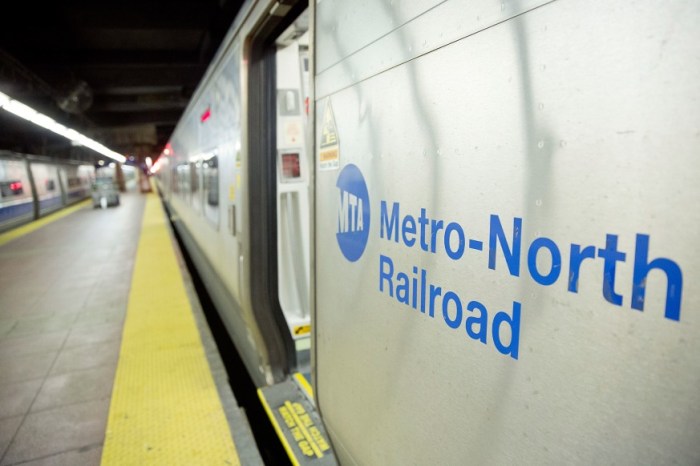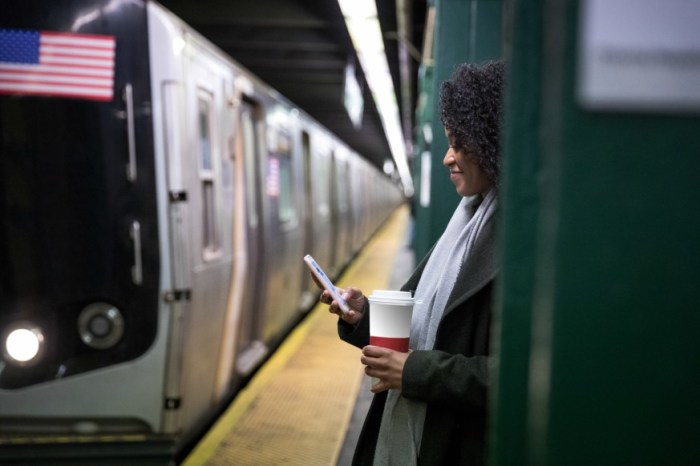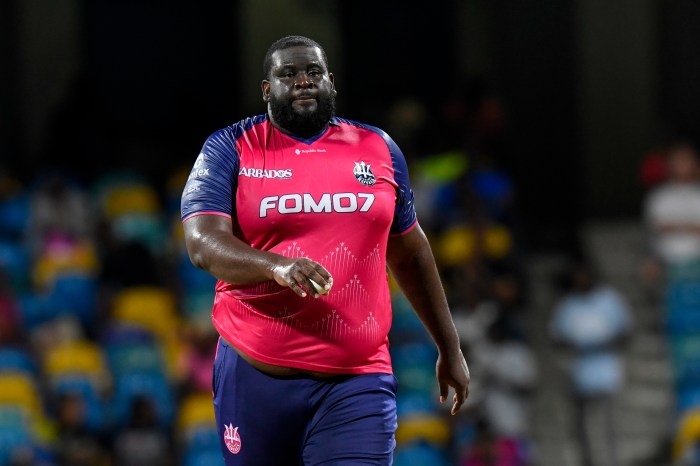New Yorkers may see another waterfront transit option in the coming years as Mayor Bill de Blasio on Thursday moved the proposed Brooklyn Queens Connector, or BQX, forward after a two-year feasibility study.
“The Brooklyn-Queens waterfront has experienced incredible growth. Now it’s time for our transit system to catch up,” the mayor said. “The BQX is one of the biggest, most ambitious projects in a generation. It will be a challenge, but New York City is taking it on.”
Deputy Mayor Alicia Glen added that the Brooklyn Queens Connector “taps into state-of-the-art transit tech to respond to and build upon the evolution of the Brooklyn-Queens waterfront” and that it “will transform how our city moves.”
As the project moves ahead, there will be opportunities for community input and more information from the city on its delivery, operations and more.
An environmental impact study will begin this winter, with a Uniform Land Use Review Procedure following in 2020. Construction of the BQX is slated to begin in 2024 and end in 2029.
How much will BQX cost?
Construction and implementation of the Brookyn Queens Connector has an estimated cost of $2.73 billion. It could generate $30 billion in economic impact and approximately $1.4 billion in value capture to finance its construction, city officials said, adding that they will look to federal funding and other sources to bring the streetcar to fruition.
Once operational, the BQX streetcar would cost the same as a MetroCard and could serve more than half a million New Yorkers living along the Brooklyn-Queens waterfront in Astoria, Long Island City, Greenpoint, Williamsburg, the Brooklyn Navy Yard, Downtown Brooklyn and Red Hook. The BQX is expected to see roughly 50,000 riders per day.
“This commitment to moving the BQX forward is a huge win for New Yorkers who have been cut off from transit for too long —including over 40,000 NYCHA residents along the route,” said Jessica Schumer, executive director of Friends of the BQX. “With the city embroiled in a transit crisis, the BQX will serve as an innovative model for how to build new mass transit sustainably and equitably, while creating new, good-paying jobs along the way and making access to those jobs easier. We look forward to the next steps and continuing our work within communities to build on the widespread support for this exciting project.”
What will the BQX look like?

Last November, advocates unveiled a prototype for the streetcar that consisted of two articulated cars similar to SBS buses. It had 23 seats, leaning bars, handrails and street-level boarding for riders with mobility issues. However, the exact design will be determined later in the process.
Potential BQX service and travel times
While the exact schedule of the Brooklyn Queens Connector is years away from being finalized, its conceptual service plan indicates the streetcar could operate between 6:30-1 a.m. on weekdays and 6-2 a.m. on weekends with overnight TBD.
ETA for traveling on the BQX from Downtown Brooklyn to Astoria is 40 minutes; from Greenpoint to Downtown Brooklyn 25 minutes; Downtown Brooklyn to Red Hook 26 minutes; Sunset Park to Downtown Brooklyn 40 minutes; Red Hook to Hunters Point 40 minutes and Astoria (Hallets) to Long Island City 23 minutes. It’s estimated to save straphangers an average of 20 minutes per day.





















